Juniper Berry Uses – What To Do With Juniper Berries
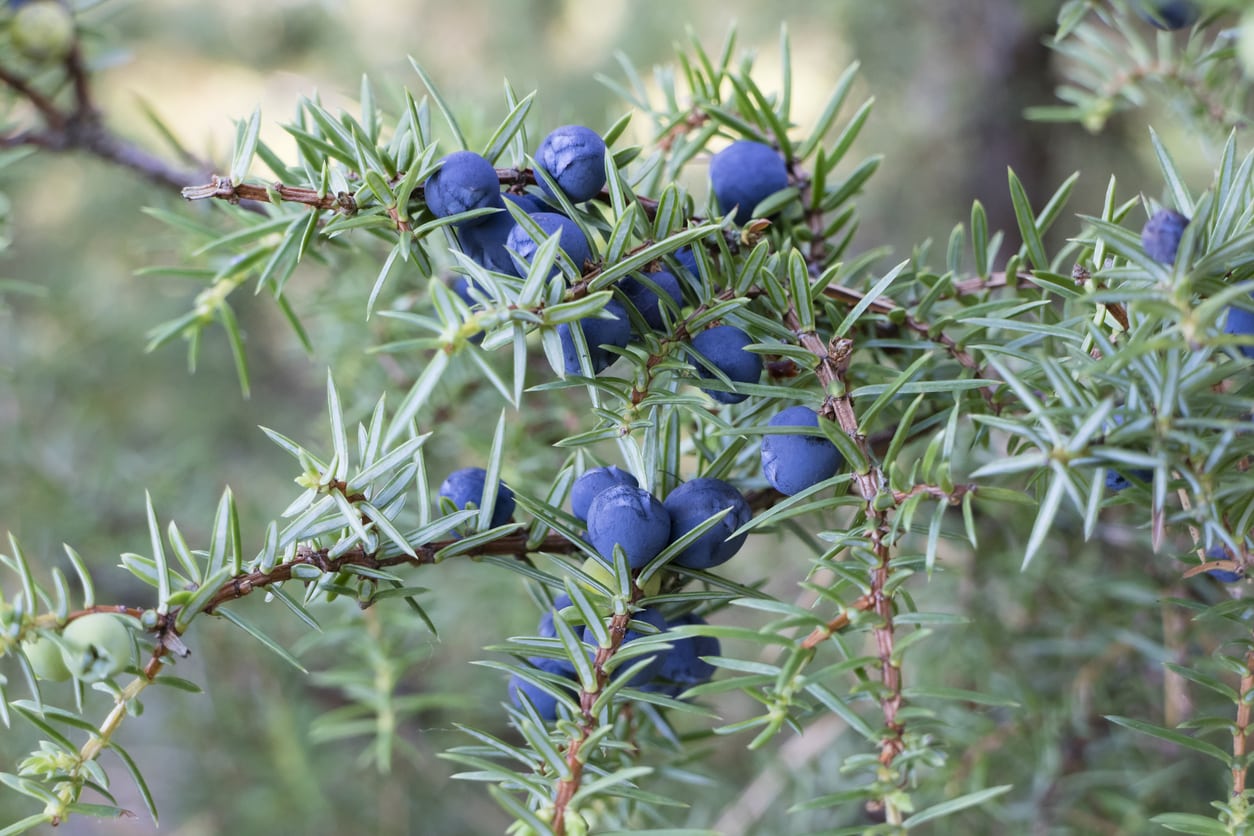
The Pacific Northwest is rife with junipers, small green evergreen shrubs that are often covered in berries that look akin to blueberries. Given that they are prolific and the fruit looks so much like a berry, the natural question is "can you eat juniper berries?” If so, what do you do with juniper berries? Read on to find out how to use juniper berries along with some useful juniper berry recipes.
Can You Eat Juniper Berries?
Yes, juniper berries are edible. In fact, you may have tasted them before without even knowing it if you drink alcoholic beverages. Juniper berries are what gives a gin martini its unique flavoring. While gin has been a popular intoxicant for over 300 years in western culture, juniper berries have actually been used medicinally since the 16th century.
How to Use Juniper Berries
Common juniper, Juniperus comunis, belongs to the family Cupressaceae that encompasses around 60 to 70 species of aromatic evergreens throughout the Northern Hemisphere. It is the most widely distributed conifer in the world and the most common in the northern temperate region. Male and female reproductive organs are found on separate plants, thus, only females have fruit. These berries mature in one to three seasons and contain one to twelve seeds, although the norm is around just three. In the past, juniper berry uses were primarily medicinal. They were used to treat numerous diseases by the ancient Greeks as well as the Arabs and Native American Indians. The berries were used either chewed raw or steeped into a tea to treat gastrointestinal complaints, rheumatic pain, and for back and chest ailments. Rich in volatile oils, junipers have been used as herbs in aromatherapy, a science that can be traced back over 5,000 years. This science uses essential oils in massage, bathing, or in teas to promote not only good health but therapeutic beauty.
What to Do with Juniper Berries
Dr. Sylvuis invented gin in the Netherlands in 1650, although it wasn’t originally created as a spirit but rather as a remedy for kidney ailments. The concoction was a success, although less for its renal remedies and more for its alcoholic content. If you are looking for something to do with juniper berries, I suppose you could always follow in Dr. Sylvuis’s footsteps and make your own gin, or bathtub gin, but there are plenty of other ways to impart that unique juniper flavor into foods. Juniper berry recipes abound and can add an interesting flavor profile to homemade sauerkraut or made into a tincture to add a floral, pine-like essence to alcoholic or non-alcoholic drinks. It has primarily been used to season heavily flavored game, like pheasant or venison. It works beautifully in mulled wines and enhances jams, such as rhubarb and juniper berry jam. Try adding juniper berries to your next batch of roasted potatoes. Preheat the oven to 350 degrees F. (177 C.). Place olive oil and juniper berries into a baking pan and put in the preheated oven for a few minutes to warm the berries and get them to release their essential oils. Remove the baking pan from the oven and toss baby potatoes (use red, yellow, purple, or all three) into the infused olive oil along with some fresh smashed garlic cloves. Roast the potatoes for 45 to 50 minutes or so until they are tender. Remove them from the oven and toss them with sea salt, freshly ground pepper, and a squeeze of fresh lemon juice.
Gardening tips, videos, info and more delivered right to your inbox!
Sign up for the Gardening Know How newsletter today and receive a free copy of our e-book "How to Grow Delicious Tomatoes".

Amy Grant has been gardening for 30 years and writing for 15. A professional chef and caterer, Amy's area of expertise is culinary gardening.
-
 Try The Trend – Turn Any Bed Into A Keyhole Garden With This Clever In-Ground Composter
Try The Trend – Turn Any Bed Into A Keyhole Garden With This Clever In-Ground ComposterKeyhole gardening is an efficient and sustainable practice that saves space. Get started on this DIY project quickly and easily with an in-ground composter.
By Bonnie L. Grant
-
 4 Superfast Composting Methods: Turn Waste Into Garden Gold In 30 Days Or Less
4 Superfast Composting Methods: Turn Waste Into Garden Gold In 30 Days Or LessTry the fastest composting methods to turbocharge your pile and transform kitchen scraps and garden waste into finished compost in just a few weeks.
By Mary Ellen Ellis
-
 How To Grow A Potted Juniper: Caring For Juniper Trees In Containers
How To Grow A Potted Juniper: Caring For Juniper Trees In ContainersSmall juniper trees grow well in containers. Click here for information on how to care for potted junipers.
By Teo Spengler
-
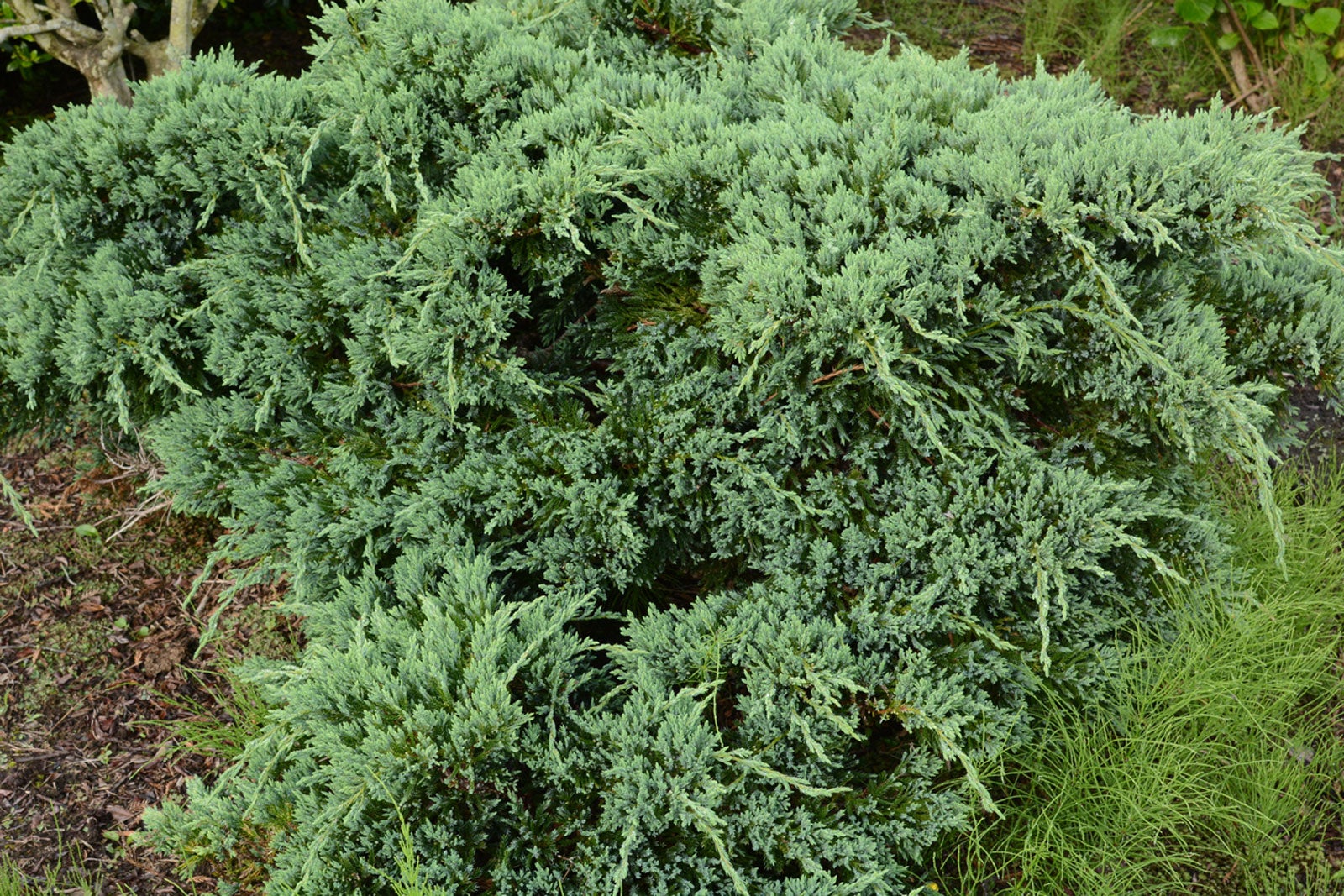 Japanese Juniper Care – How To Grow A Japanese Juniper Plant
Japanese Juniper Care – How To Grow A Japanese Juniper PlantIf you want a "set and forget" type of plant, Japanese juniper care is minimal and easy once established. For more information about this shrub of low heights and how to grow it in your garden, click the following article.
By Bonnie L. Grant
-
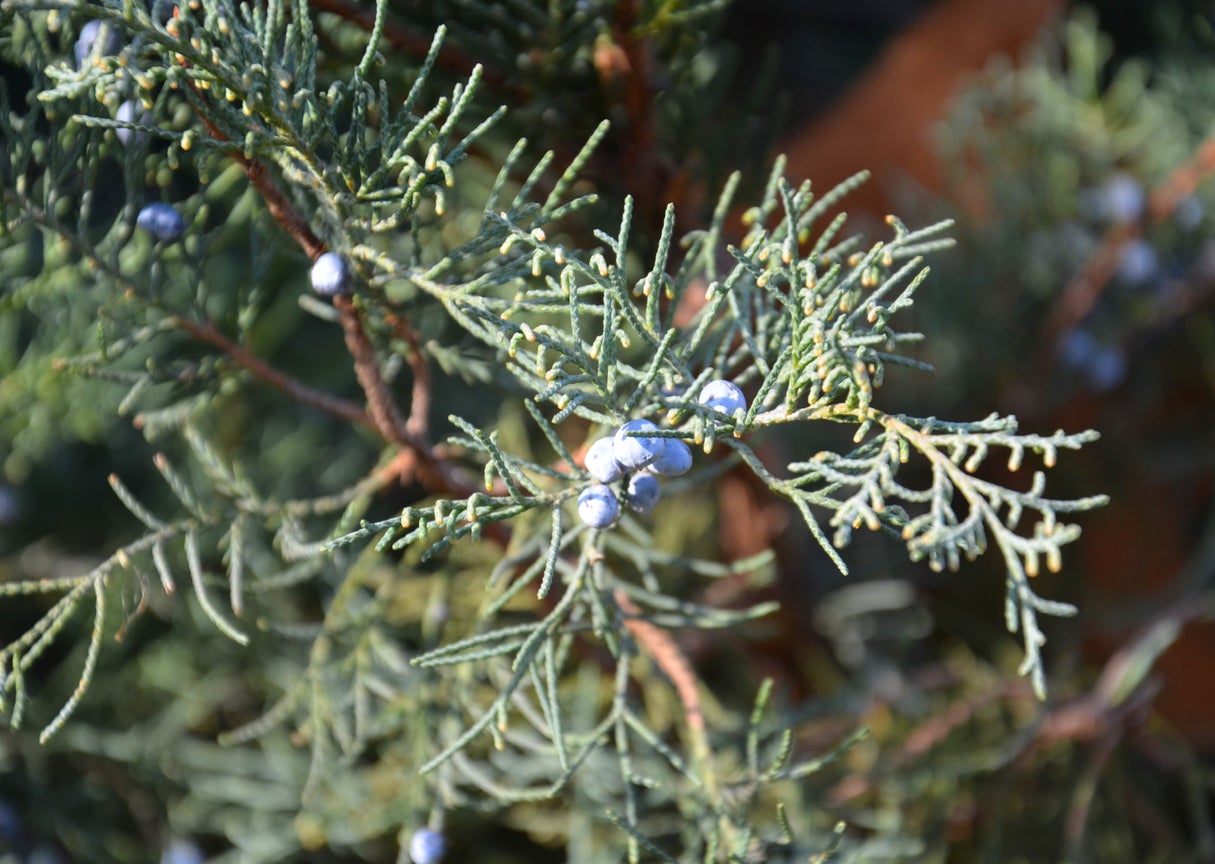 Mountain Cedar Information: Is Mountain Cedar Pollen Causing You Problems
Mountain Cedar Information: Is Mountain Cedar Pollen Causing You ProblemsMountain cedar is a tree with a common name full of contradictions. The tree is not a cedar at all, and its native range is central Texas, not known for its mountains. In fact, trees called mountain cedar are actually ashe juniper trees. Click here to learn more.
By Teo Spengler
-
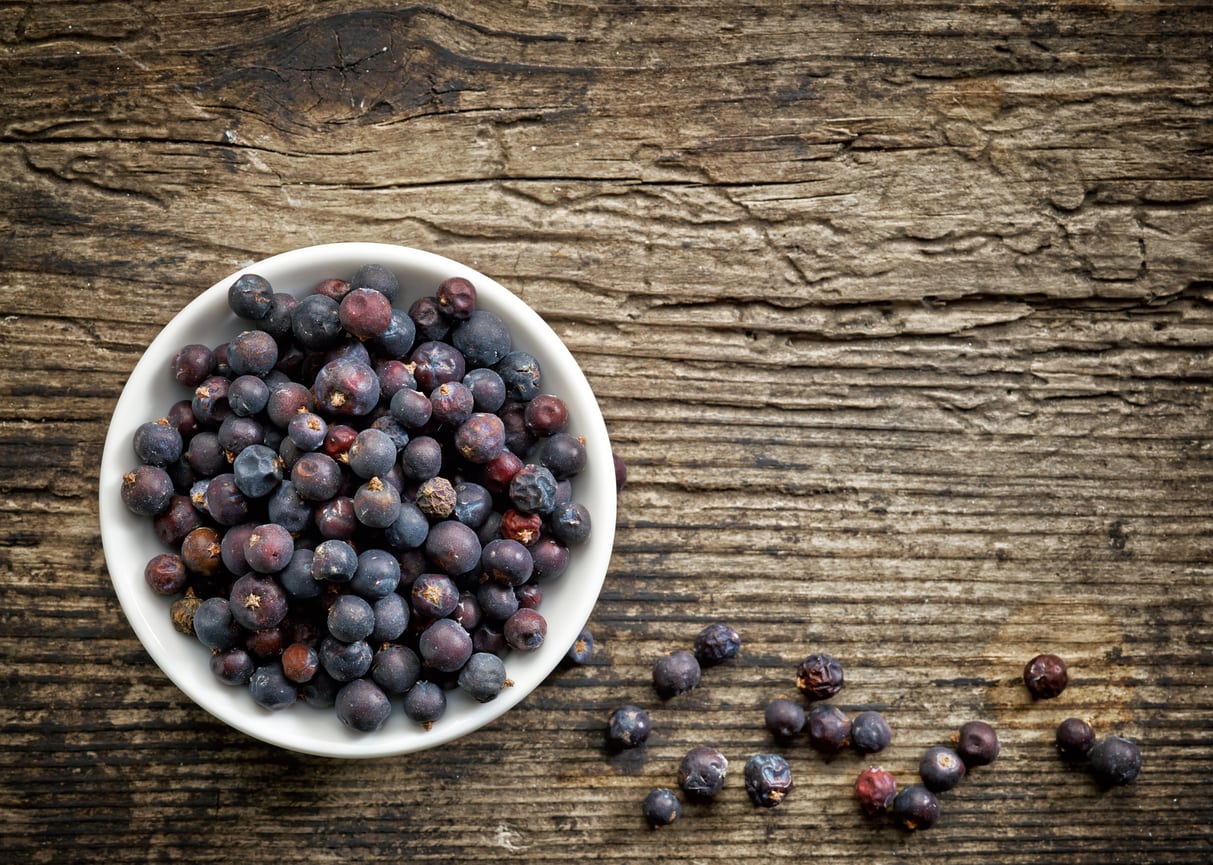 Are All Juniper Berries Edible – Is It Safe To Eat Juniper Berries
Are All Juniper Berries Edible – Is It Safe To Eat Juniper BerriesJuniper berries have been used as a strong flavoring for wine, mead, and other alcoholic beverages, as well as a spice for meats, stews, sauerkraut, and other dishes. Upon reading this, you may be wondering are all juniper berries edible? Click here for that answer.
By Darcy Larum
-
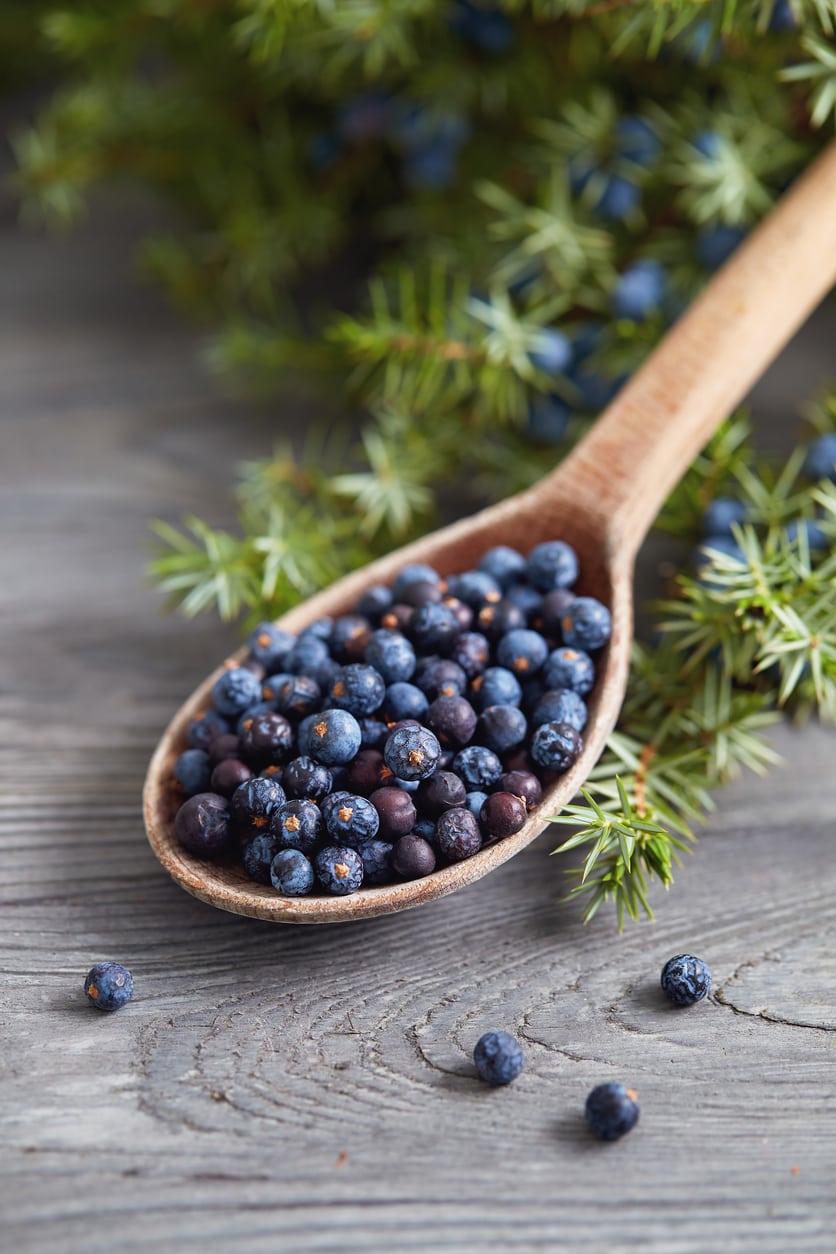 Juniper Berry Harvest Tips: How To Pick Juniper Berries
Juniper Berry Harvest Tips: How To Pick Juniper BerriesMany junipers produce berries that are toxic and inedible, but Juniperus communis berries are edible! Safe, aromatic and interesting, learn how to know which ones are safe how to harvest them.
By Bonnie L. Grant
-
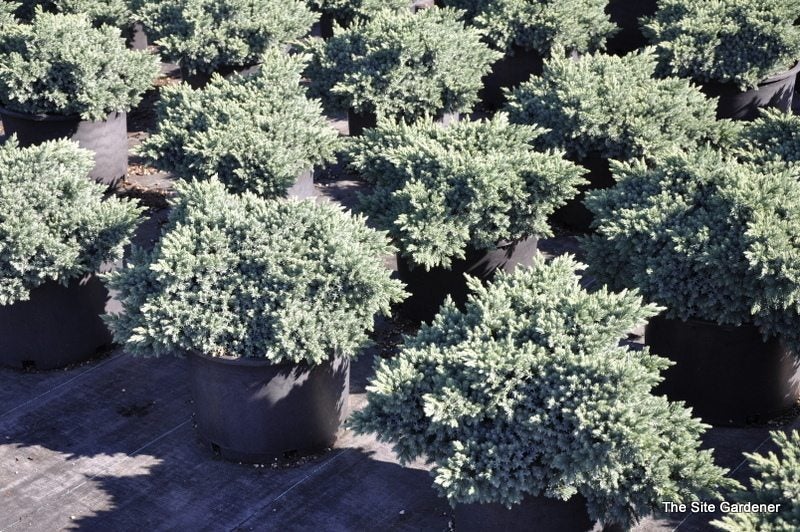 Growing Juniper ‘Blue Star’ – Learn About Blue Star Juniper Plants
Growing Juniper ‘Blue Star’ – Learn About Blue Star Juniper PlantsWith a name like "Blue Star," this juniper sounds as American as apple pie but, in fact, it is native to Afghanistan, the Himalayas, and western China. Gardeners love Blue Star for its thick, starry, blue-green foliage and its graceful rounded habit. Learn more here.
By Teo Spengler
-
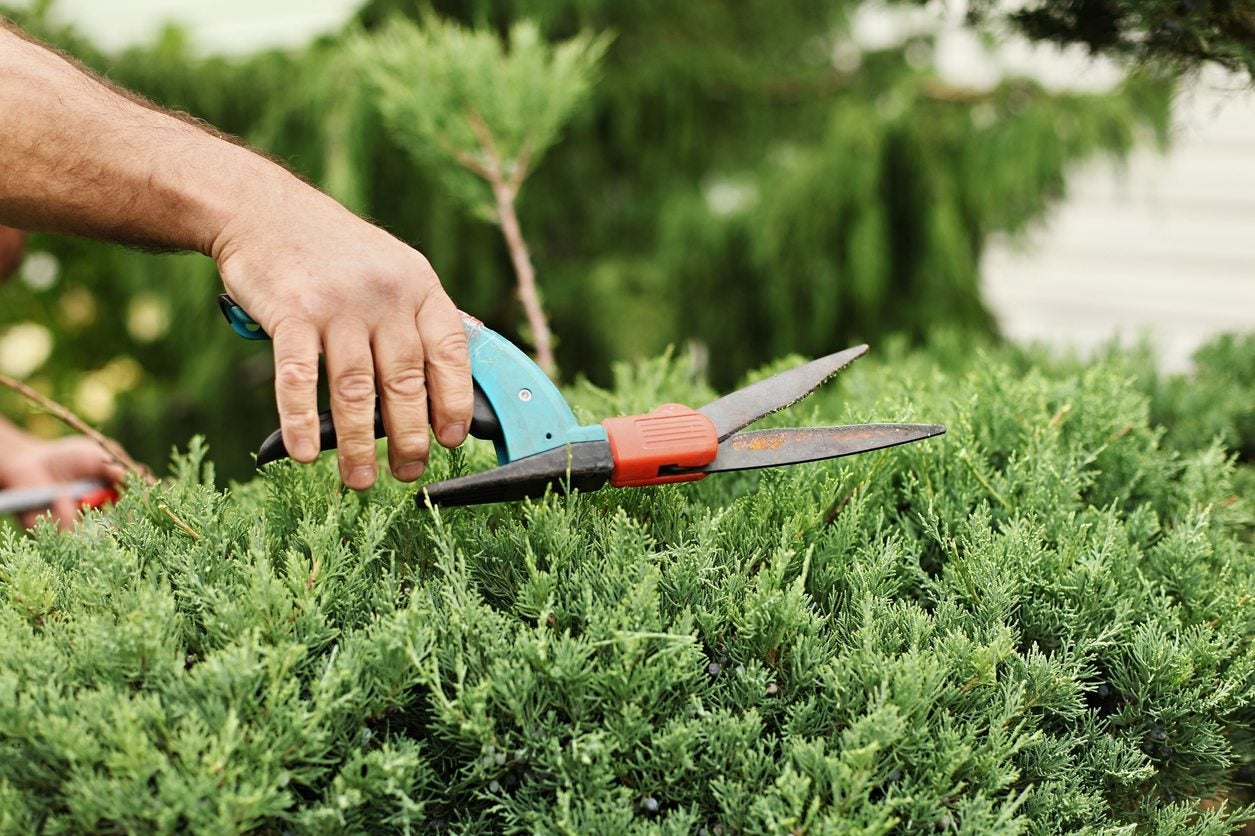 Can You Prune An Overgrown Juniper – Tips For Overgrown Juniper Pruning
Can You Prune An Overgrown Juniper – Tips For Overgrown Juniper PruningJuniper shrubs and trees are a great asset to landscaping. But sometimes, like the best things in life, they get away from us. What was once a smart shrub is now a wild, overgrown monster. So what can you do with a juniper that?s gotten out of hand? Find out here.
By Liz Baessler
-
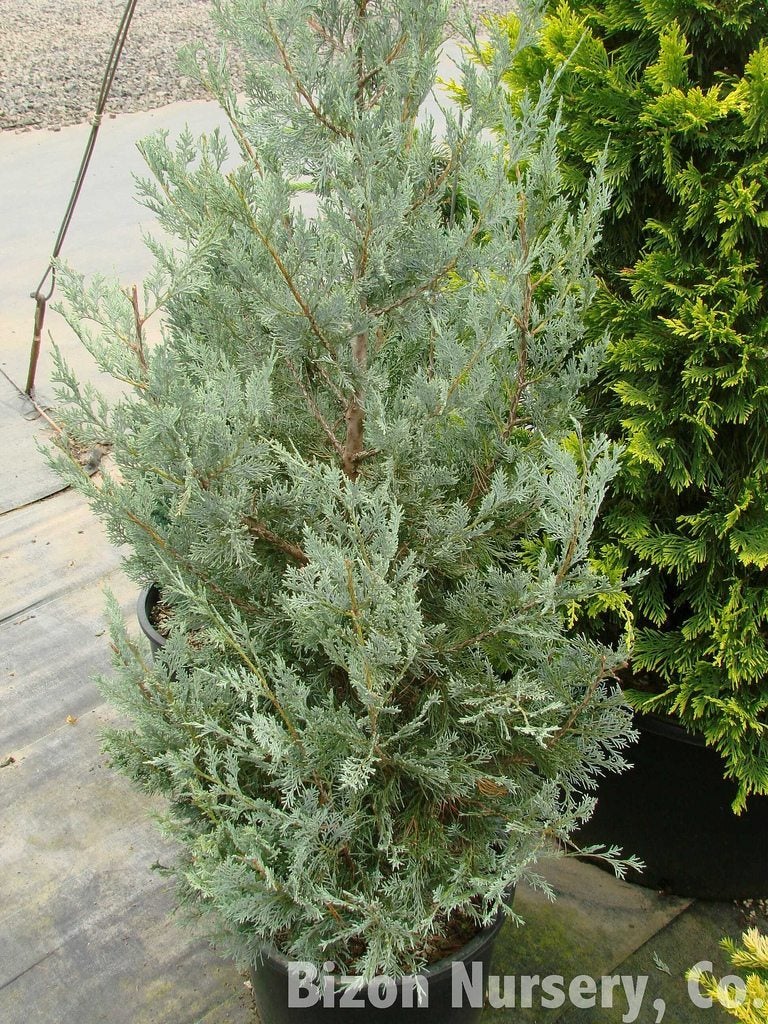 Wichita Blue Juniper Care: Tips For Growing Wichita Blue Junipers
Wichita Blue Juniper Care: Tips For Growing Wichita Blue JunipersWichita Blue juniper trees have an attractive broad-pyramid form that works well in a screen or hedge. With gorgeous silver-blue foliage all year long, these cultivars turn heads wherever they are planted. For more Wichita Blue juniper information, click here.
By Teo Spengler